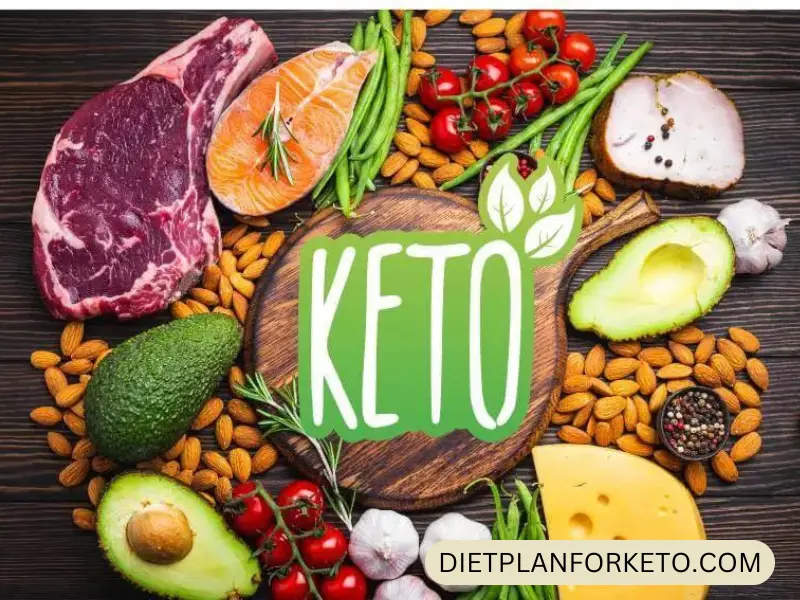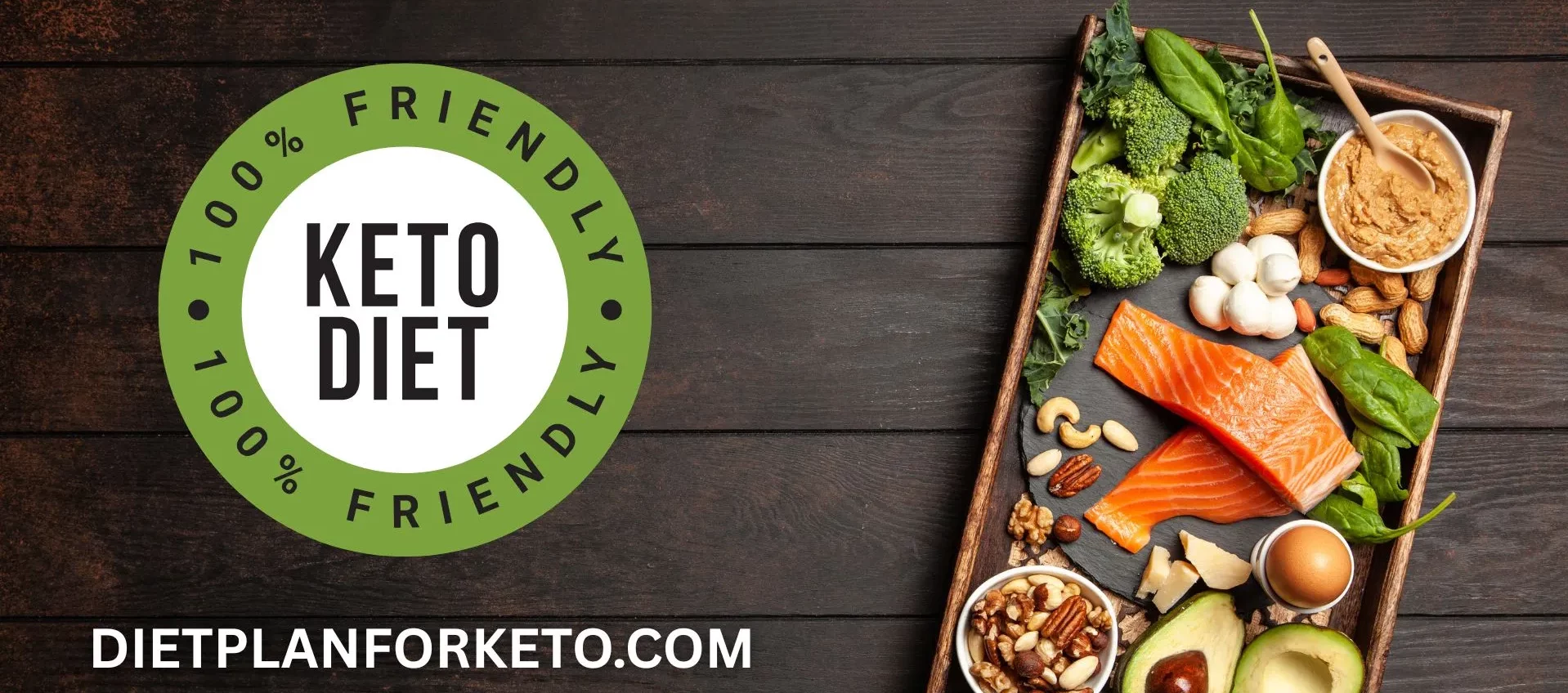Starting a keto diet can be a life-changing experience, but meal prep can get overwhelming quickly. That’s where freezing and proper storage come in!
Mastering these skills not only saves time but also keeps you on track with your goals. This guide will teach you how to freeze and store keto meals properly with professional, user-friendly advice and actionable tips.
Table of Contents
- Why Freezing Keto Meals Is a Game Changer
- Essential Tools and Materials for Freezing
- Choosing the Right Keto Meals for Freezing
- Step-by-Step Guide to Freezing Keto Meals
- Storage Tips for Long-Lasting Freshness
- Best Practices for Thawing and Reheating
- Real-World Freezing Examples of Keto Meals
- Common Mistakes and How to Avoid Them
- Pros and Cons of Freezing Keto Meals
- Conclusion and Additional Resources
1. Why Freezing Keto Meals Is a Game Changer
Freezing keto meals can significantly reduce daily stress, minimize food waste, and ensure you always have compliant meals ready. It’s a vital strategy for busy professionals, parents, or anyone committed to staying in ketosis.
Benefits Include:
- Saves cooking time throughout the week
- Reduces temptation to eat non-keto foods
- Helps control portion sizes
- Saves money by buying and cooking in bulk
2. Essential Tools and Materials for Freezing
Before diving into meal prep, gather these essentials:
- Freezer-safe containers (preferably BPA-free)
- Vacuum sealer or heavy-duty freezer bags
- Label maker or freezer-safe markers
- Aluminum foil and plastic wrap
- Sheet pans for pre-freezing
High-quality materials prevent freezer burn and maintain flavor integrity.
3. Choosing the Right Keto Meals for Freezing
Not all keto meals freeze equally well. Here are ideal options:
Great for Freezing:
- Casseroles (like keto lasagna)
- Soups and stews (like chicken bone broth stew)
- Cooked meats (pulled pork, shredded chicken)
- Fat bombs and keto desserts (especially cheesecakes)
Avoid Freezing:
- High-water-content veggies (like cucumbers and lettuce)
- Dairy-heavy dishes (cream-based sauces can separate)
4. Step-by-Step Guide to Freezing Keto Meals
Step 1: Cool Completely
Before freezing, let meals cool to room temperature to prevent condensation.
Step 2: Portion Meals Correctly
Divide meals into individual or family-size portions.
Step 3: Wrap and Seal Properly
Use airtight containers or vacuum-sealed bags. Double-wrap with foil if needed.
Step 4: Label Everything
Include meal name, date, and reheating instructions on each package.
Step 5: Freeze Flat
Lay bags flat in the freezer until frozen solid for efficient stacking.

5. Storage Tips for Long-Lasting Freshness
- Set your freezer at 0°F (-18°C) or below.
- Rotate meals with “first in, first out” practices.
- Group similar items together (e.g., all soups on one shelf).
Pro Tip: Use freezer inventory sheets to keep track of your stock.
6. Best Practices for Thawing and Reheating
- Refrigerator Thawing: Safest method, though slow (overnight).
- Cold Water Bath: Faster than fridge, but meals must be sealed tight.
- Microwave Thawing: Convenient but may partially cook meals. Use with caution.
When reheating, ensure internal temperature reaches at least 165°F (74°C) for food safety.
7. Real-World Freezing Examples of Keto Meals
Example #1: Keto Chicken Alfredo Casserole
- Cool completely
- Divide into meal prep containers
- Wrap with foil, label, and freeze
Example 2: Keto Beef Chili
- Ladle into freezer bags
- Remove as much air as possible
- Lay flat to freeze
Example 3: Keto Chocolate Fat Bombs
- Pre-freeze on a tray
- Once solid, transfer to airtight bags
8. Common Mistakes and How to Avoid Them
Mistake 1: Freezing meals while still warm
- Fix: Always cool meals first.
Mistake 2: Using low-quality storage bags
- Fix: Invest in heavy-duty, freezer-grade supplies.
Mistake 3: Not labeling meals
- Fix: Take two minutes to label — your future self will thank you.
Mistake 4: Freezing unsuitable ingredients
- Fix: Stick to freezable keto recipes.
9. Pros and Cons of Freezing Keto Meals
Pros:
- Saves massive time and effort
- Supports keto consistency
- Reduces food waste
- Perfect for emergency meals
Cons:
- Some meals lose texture/flavor over time
- Requires upfront planning and organization
- Limited freezer space may be a challenge
10. Conclusion and Additional Resources
Freezing and storing keto meals properly can make or break your long-term success on the ketogenic diet. Armed with the right tools, techniques, and knowledge, you can ensure every meal is delicious, nutritious, and ready when you are.
For more in-depth keto meal prep strategies, check out this excellent resource: The Ultimate Guide to Keto Meal Prep by Wholesome Yum.
Stay organized, stay prepared, and most importantly, stay keto!
